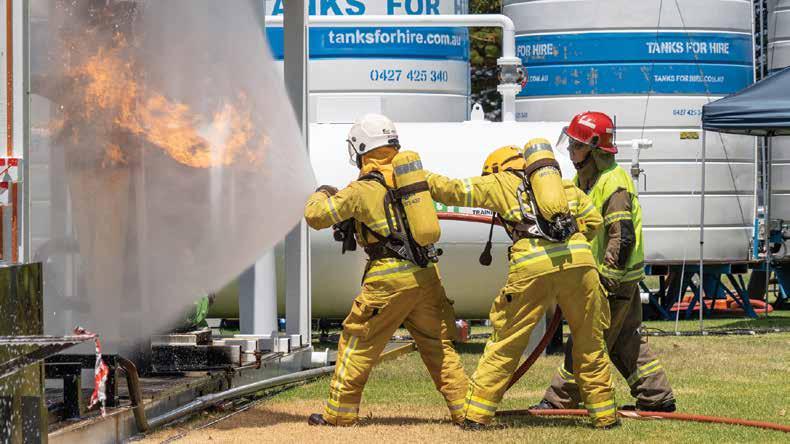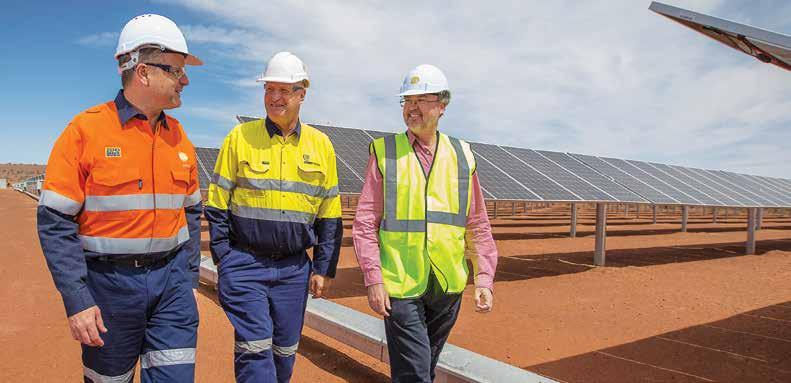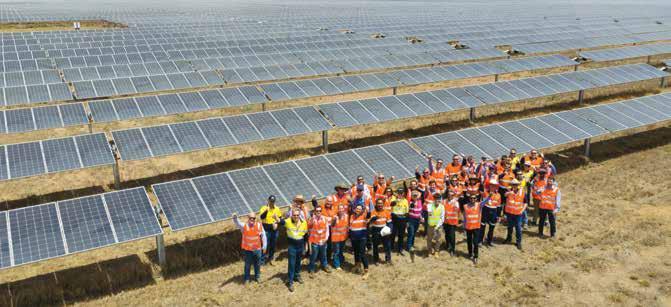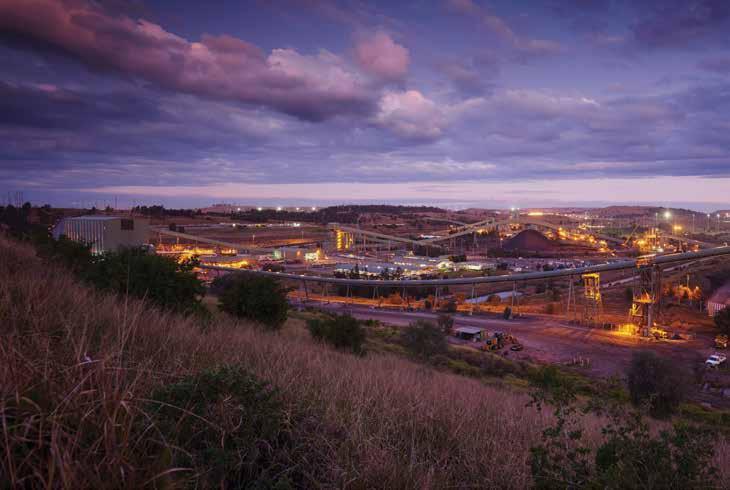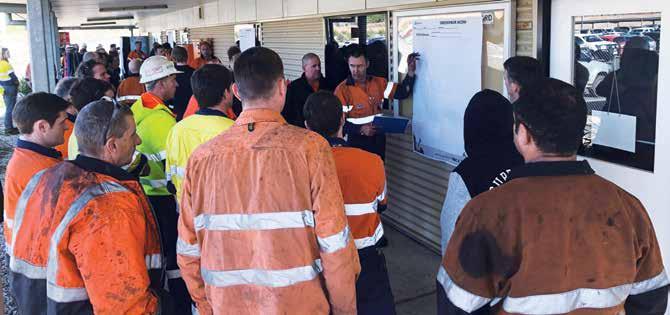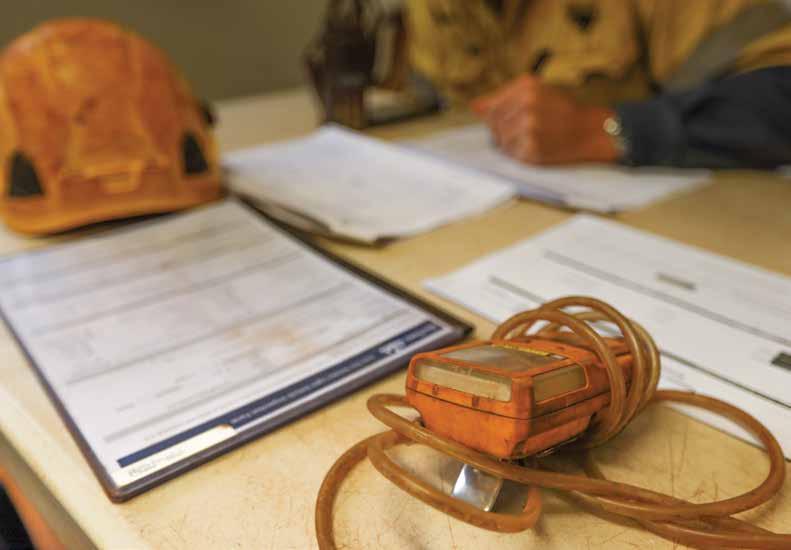Environment
Will coal get a chance to breathe in climate-aware future? Adani Renewables Australia celebrates the official opening of its Rugby Run solar farm in central Queensland.
RISING ENERGY DEMAND AND CLIMATE CONCERNS ARE FACING OFF OVER THE CONTINUITY OF COAL PRODUCTION IN AUSTRALIA. SAFE TO WORK LOOKS AT WHAT THE AUSTRALIAN COAL SECTOR IS DOING TO APPEASE THE TENSIONS.
A
ustralian coal producers are aware of the threats of climate change. Their indirect role in propping up the growth of underdeveloped economies through the production of coal by-products doesn’t, however, overshadow their responsibility to protect the environment. The International Energy Agency (IEA) points out that in 2018, energy demand worldwide increased by 2.3 per cent, its fastest pace in a decade. World energy demand is also projected to grow by 27 per cent to 17.7 billion tonnes of oil equivalent between 2017 and 2040. In the same period, fossil fuel demand will grow by 16 per cent to 13.1 billion tonnes of oil equivalent. IEA says that while coal demand is falling in Europe and North America, it is still growing in Asia where over half of the world’s population lives. South Africa, Russia and South East Asian nations are the three regions
where energy coal demand is more resilient, according to South32. Federal Resources Minister Matt Canavan publicly backed Australian resources as being key to combatting global poverty in some of these countries at the 2019 International Mining and Resources Conference in Melbourne. Limiting access to Australian coal would put other developing countries in an arduous struggle to grow, Canavan says. “We have a moral, economic and environmental duty to responsibly develop our resources to help deliver better outcomes for all people in the world,” Canavan argues. The Minerals Council of Australia (MCA) chief executive Tania Constable agrees that coal is a nation-building material that is indispensable in the provision of essential infrastructure and for reliable low-cost energy in countries like China, India and Vietnam. But the existence of global energy demand amid environmental and social
SAFETOWORK 40 JAN-FEB 2020
pressure is a shared challenge that is not only faced by coal producers. It also requires the actions of all governments and a wide crosssection of industrial sectors beyond mining including electricity generation, transport and culture, according to Whitehaven Coal. The Sydney-based coal producer acknowledges that the production and consumption of coal contributes to greenhouse gas (GHG) emissions, but the company does its share to meet the energy needs responsibly. Whitehaven is an operator of open cut mines at Maules Creek, Tarrawonga, Werris Creek and Sunnyside, and an underground operation at Narrabri. The thermal and metallurgical coal produced at these operations is bound primarily for export markets in north and South Asia. “Our objective is to help meet projected increases in global energy demand in our near region – where we can leverage our geographic proximity to new coal markets – while making a

